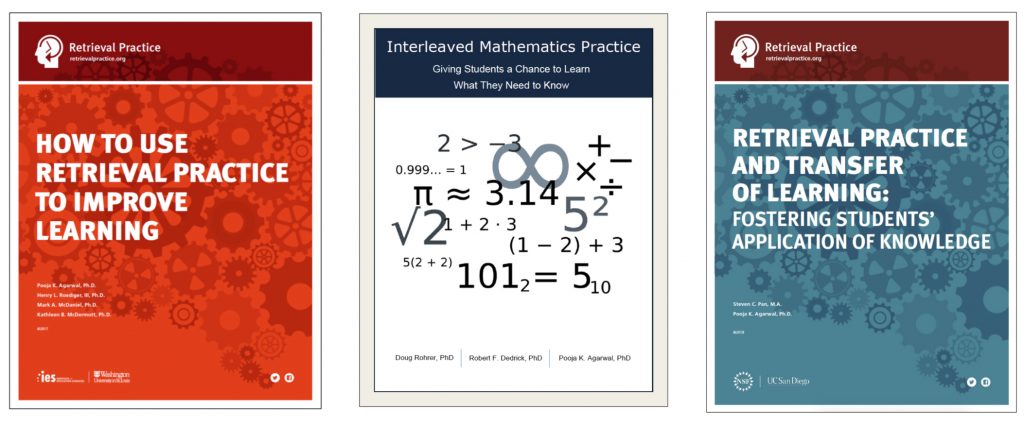Cake, cake, cake. That’s the theme for today’s update! — from Pooja Agarwal and retrievalpractice.org
In addition to loving cake, this sweet delight illustrates how we can best support learning in the classroom: with retrieval practice, formative assessment, and summative assessment.
Read on for yummy goodness:
- How these three ingredients are similar and different
- Why this combination makes for a perfect cake
- Why learning is not a bake off, cupcake war, or throw down (sorry to disappoint!)
Three key ingredients for learning
Chances are, you’re familiar with this two-part process:
Formative assessment: Checking on and monitoring students’ learning, which provides teachers and students with information about progress. We think of formative assessment as inserting a toothpick to see how the cake is doing while it’s baking.
Summative assessment: Discovering what students know by measuring learning. This is when we get to celebrate accomplishments with cake and also get a sense of what can be improved upon.
But where does retrieval practice fit in?
Retrieval practice: Learning how to crack an egg, measure ingredients, and mix it all together. This is when we embrace mistakes rather than emphasize perfection, because challenges are a good thing for learning.
What does this mean for you?
Key similarity: All three involve bringing information to mind. In other words, they all require retrieval! From the outside, it can look like one seamless process, and that’s a good thing. Learning isn’t linear and neither is retrieval.
Key difference: Retrieval practice doesn’t require data collection. Nothing needs to be recorded in the gradebook. Retrieval is a no-stakes opportunity when students can experiment, be challenged, and improve over time.
Takeaway: For powerful learning, we must be mindful of which ingredients we’re using, which stage we’re in, and how we can incorporate even more retrieval practice throughout the entire learning (and baking) process.
Also, be sure to see their guides here:









